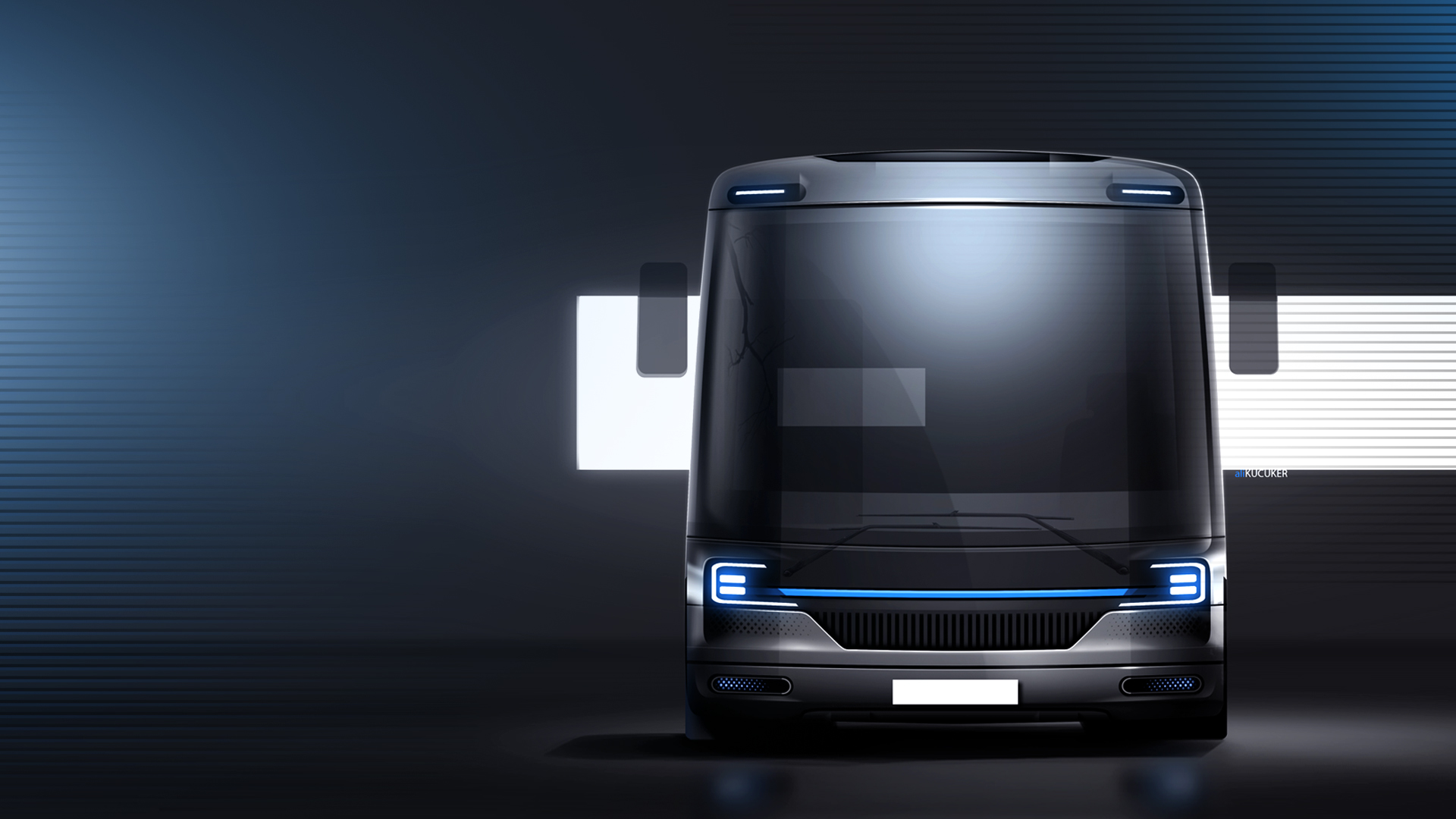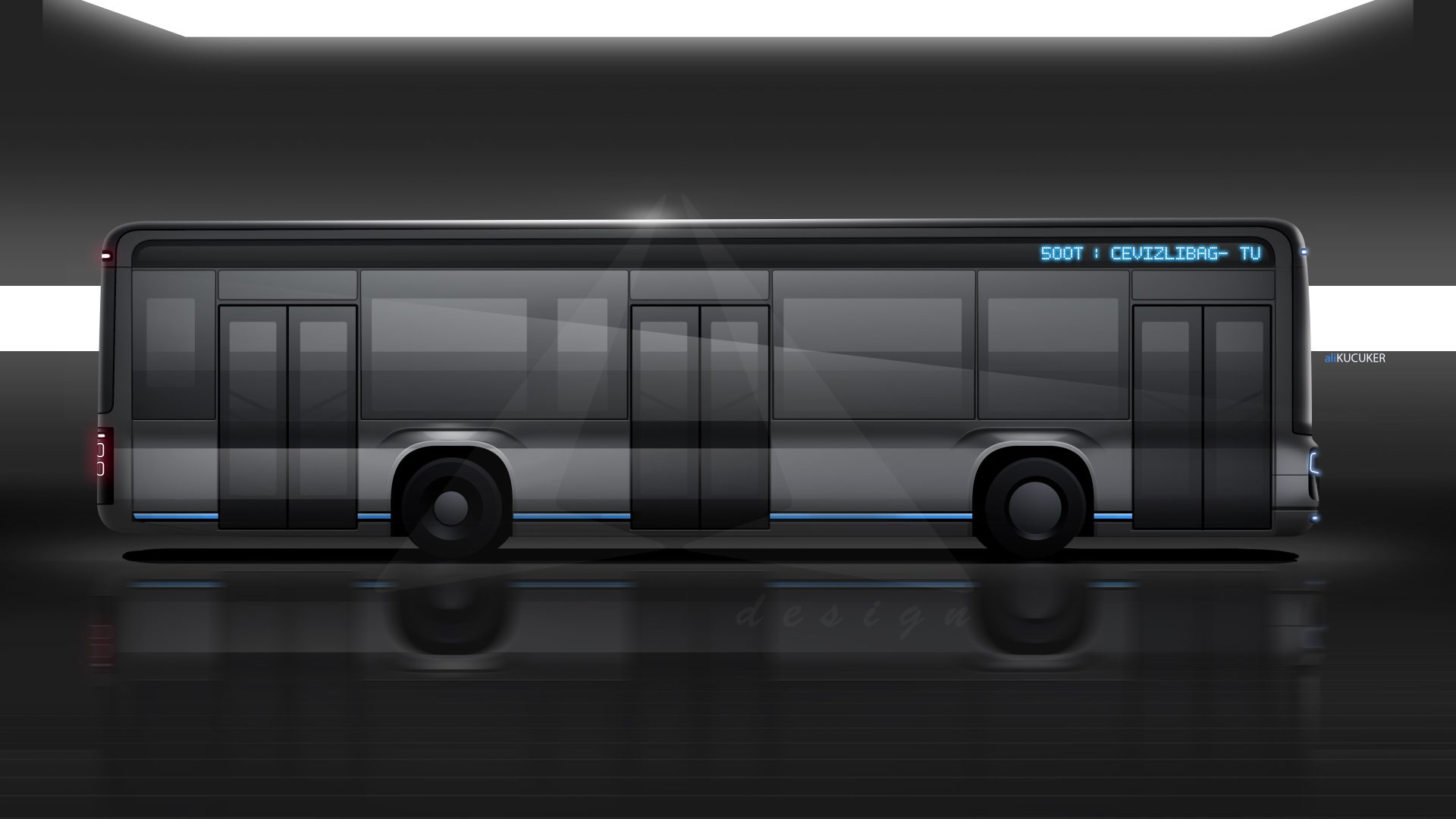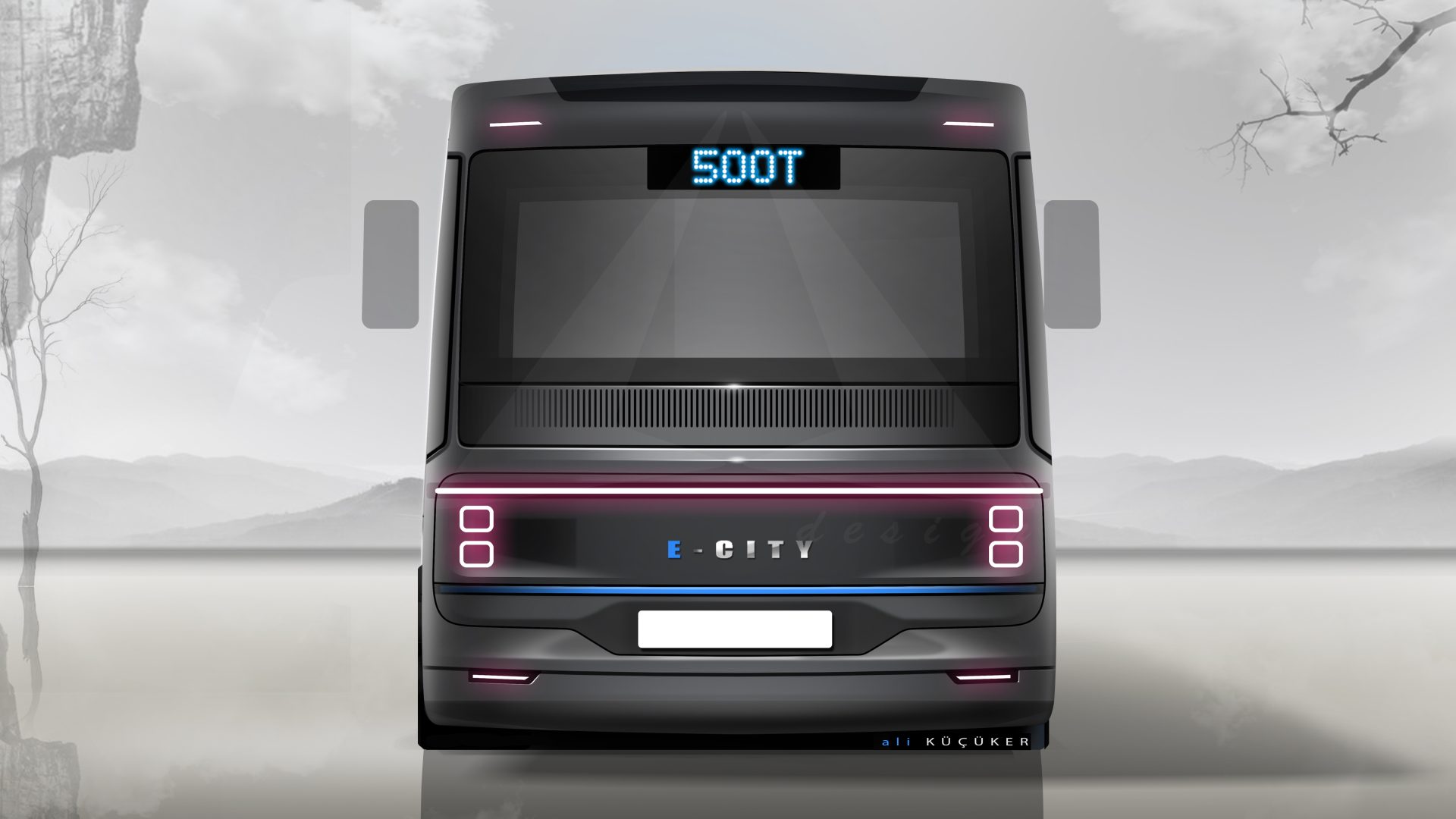Sepetinizde ürün bulunmuyor.

The design of electric city buses goes beyond functionality, integrating sustainability and mobility into every aspect. As cities adopt greener transport, the exterior design plays a key role in boosting energy efficiency. Aerodynamic shapes and lightweight materials reduce drag and energy use, extending battery life. Additionally, the design must address urban mobility challenges, ensuring buses remain compact and maneuverable in crowded streets. A well-considered design enhances performance and makes public transport more attractive, contributing to a sustainable urban mobility system.




The design of electric city buses is heavily influenced by sustainability and mobility, shaping both aesthetics and functionality. Sustainability emphasizes the use of aerodynamic exterior lines and lightweight materials to enhance energy efficiency, while mobility focuses on optimizing maneuverability and accessibility in urban environments. Consequently, the design incorporates solutions that reduce energy consumption and improve user experience. Aesthetic appeal and ergonomics not only enhance functionality but also make public transportation more attractive, contributing to a sustainable urban mobility ecosystem
The design of electric city buses goes beyond functionality, integrating sustainability and mobility into every aspect. As cities adopt greener transport, the exterior design plays a key role in boosting energy efficiency. Aerodynamic shapes and lightweight materials reduce drag and energy use, extending battery life. Additionally, the design must address urban mobility challenges, ensuring buses remain compact and maneuverable in crowded streets. A well-considered design enhances performance and makes public transport more attractive, contributing to a sustainable urban mobility system.
© 2016 Ali Küçüker – All rights reserved.
